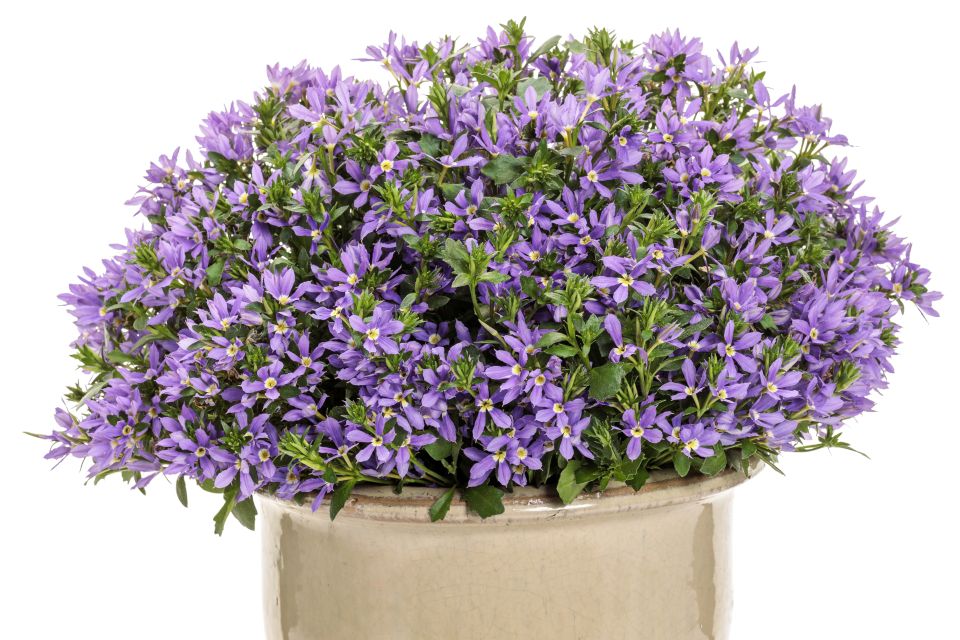 As our team at Proven Winners evaluates the results of the 2024 season and plan for 2025, we continue screening and trialing plants to optimize greenhouse performance.
As our team at Proven Winners evaluates the results of the 2024 season and plan for 2025, we continue screening and trialing plants to optimize greenhouse performance.
A good example of these efforts is our photoperiod screening of annuals. We are refining cultivars with precise photoperiod characteristics and narrowing flowering periods. These improvements reduce the likelihood of varieties blooming too early or too late. As growers increasingly use photoperiod manipulation to conserve energy and ensure reliable flowering schedules, we test new introductions and existing cultivars for photoperiod responses that can help shorten crop times.
Plants are typically classified as short-day, long-day, or day-neutral species based on their photoperiodic response. Within these classifications, plants may exhibit either obligate or facultative responses:
- Obligate Response: Flowering requires a specific daylength threshold to be met
- Facultative Response: Flowering can occur under any daylength, but the plant exhibits optimal flowering under specific photoperiod conditions
Ongoing collaboration with partners like Michigan State University, plant breeders, and our internal Proven Winners screening and trials is producing measurable results. These efforts directly enhance plant performance and crop timing, helping growers achieve better outcomes. This commitment to precision and performance is yet another example of how we deliver the best and most reliable cultivars to market — varieties that meet the needs of growers while exceeding the expectations of end consumers.
Learn more at ProvenWinners.com.

